

7 Films and Documentaries That Bring the Club Scene to Your Screen
An updated selection of venerable dance music movies to watch right now.
Freedom means something different to club-goers. It’s something many of us have found in the most unlikely of places—tucked away in the tight and stuffy, dark and loud corners and the frenetic moments where we’ve found bliss. In other words: what wouldn’t we give for another night of carefree clubbing?
We may not be able to give you the freedom of a real club experience, but we have the next best thing. A freshly updated selection from our 2018 list “10 Films About Dance Music Culture That We Actually Like”, here are seven films and documentaries about international club culture and the people behind it. If we can’t be in the club, let’s take the time to learn about and celebrate the groups that have coalesced to create our unique, diverse scene. Join us on a journey through the techno scene of a reunified Berlin, and learn about the roots of Belgian dance music. Immerse yourself in a music video resembling a beautiful fever dream, or get lost in Taiwanese Y2K club culture.
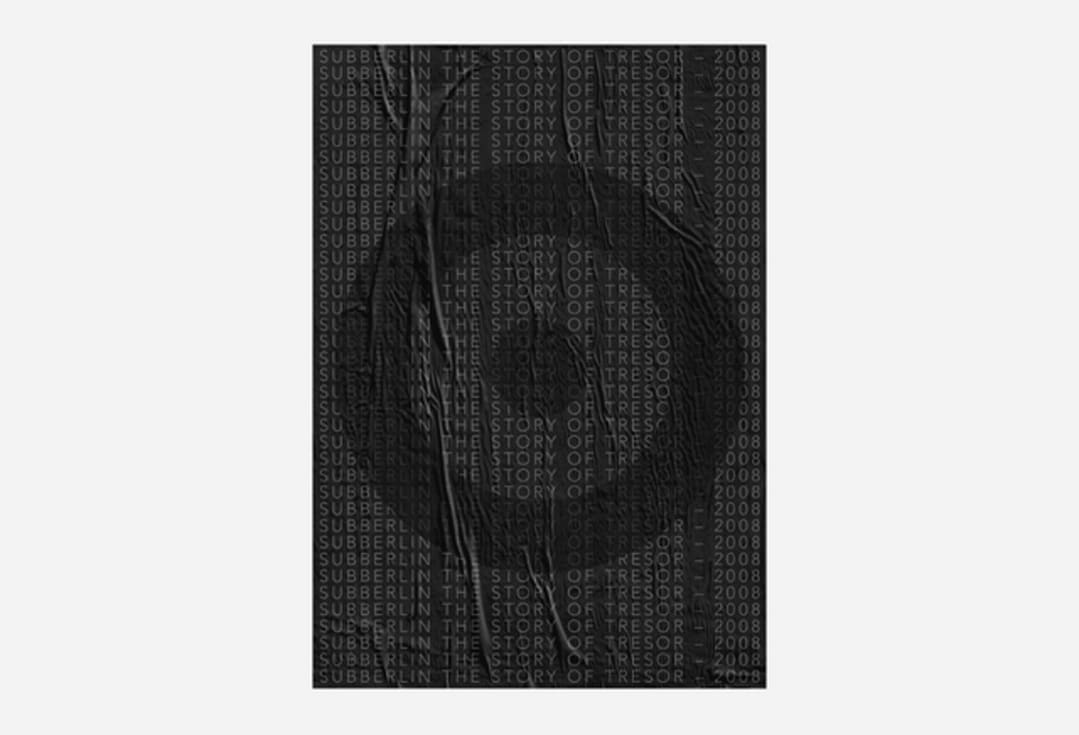
SubBerlin – The Story of Tresor (2008)
In
retrospect, it makes a lot of sense that Berlins’ infamous Tresor, a club that
could be called a national treasure, started out tucked away in the vault of a
department store. SubBerlin – The Story of Tresor (2012), a definitive
profile of the space’s early years, takes a closer look at how this iconic club
managed to capture the essence and atmosphere of post-Mauerfall Berlin—a
historic moment of reunification characterized by anarchic celebration,
lawlessness and chaos.
The documentary recounts the history of the space from its opening in 1991 to the redevelopment of Potsdamer Platz in 2005, which forced the closure of its original location, packing in with techno veterans like Jeff Mills and archived footage of its most memorable parties. While it can’t capture the literal lack of oxygen or the condensing sweat on the basement ceiling, the film succeeds at distilling that “special something in the air” that established Tresor’s notorious reputation.
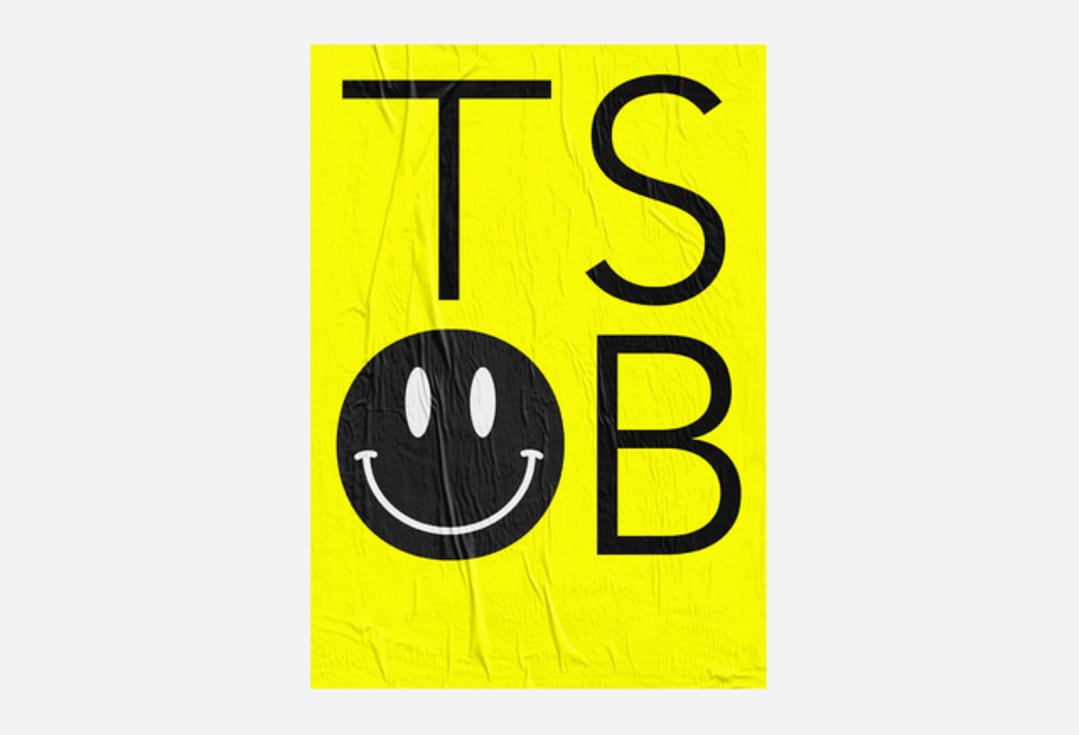
The Sound of Belgium (2012)
The Sound of Belgium (2012) is an homage to the unique world of Belgian dance music. Ambitious in its scope, this documentary charts the scene’s evolution as far back as the invention of mechanical organs loud enough for a ballroom through the Popcorn movement (an early scene where DJs would spin slow-moving ‘50s and ‘60s R&B and pop records) and into the pervasive influence of Belgium’s proto-techno sound, New Beat, in today’s house and techno.
Belgian nightlife grew out of the fringes, facilitated by a network of highways that connected quickly-opening clubs that seemed to spring up literally in the middle of nowhere. Similar to SubBerlin, The Sound of Belgium gives insight into a progressive musical movement that could have only happened in a specific time and place.
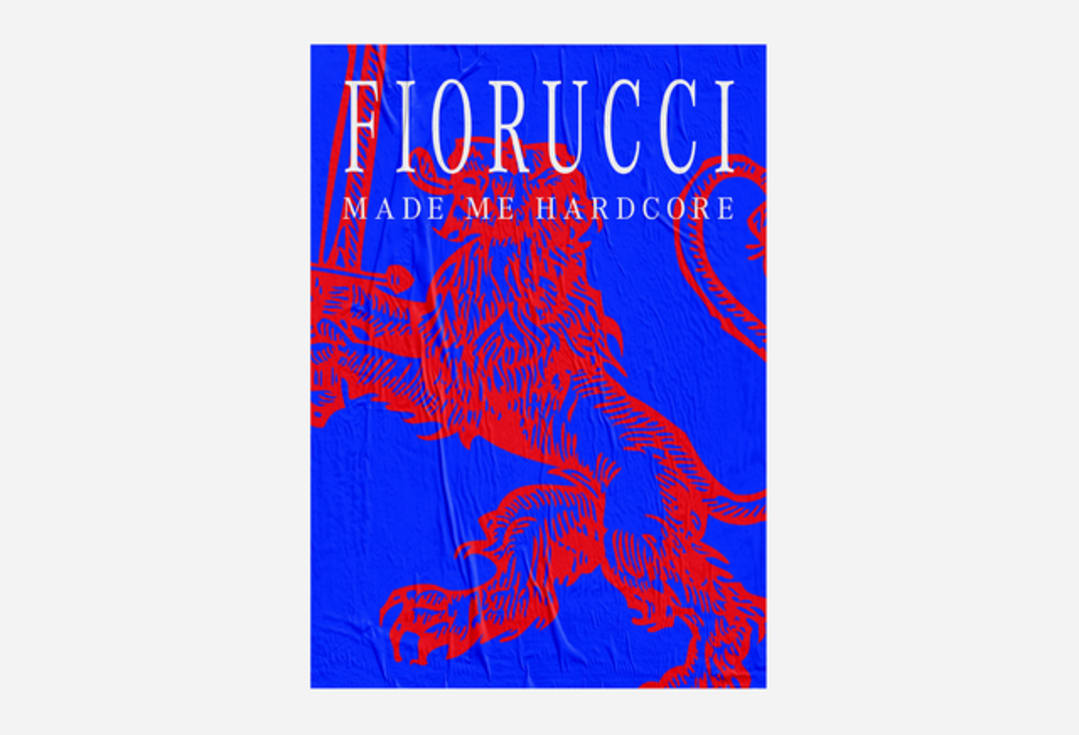
Fiorucci Made Me Hardcore (1999)
A short film combining the qualities of a
bewildering fever dream and an exciting, beat-driven carnival, Mark Leckey’s
Fiorucci Made me Hardcore is a visual declaration of the music video as the
“most exciting art form” of the time (1991). It is as beautiful as it is unsettling,
and Leckey admitted to crying during the creation of the nearly 15-minute long
frenzy.
Grainy home-video footage makes up this glitchy
montage of the UK underground dance scene, which begins with footage of the
Northern Soul scenes of the ‘70s and ‘80s and rolls through to the raves of the
‘90s. The film’s images are underscored by jolting soundscapes mixing samples
from Nightmares on Wax and Kraftwerk with abstract dialogue and live crowd
noise. Those listening close enough may have their ears may prick up to one distinct
moment sampled in Jamie xx’s track “All under one roof raving”.
Fiorucci Made Me Hardcore leaves you feeling the same disorientation of having been to an exceptional party, and while it intimately engages with club culture, it doesn’t explain its visceral impact away. Leckey’s video pins down and documents these moments of abandon while remaining achingly aware of its position as a nostalgic exercise. As one YouTube commenter puts it: “absolute inspiration. Living through moments like this I never once thought I was doing anything more than killing time with others killing time. Our killing of time is timeless now.”
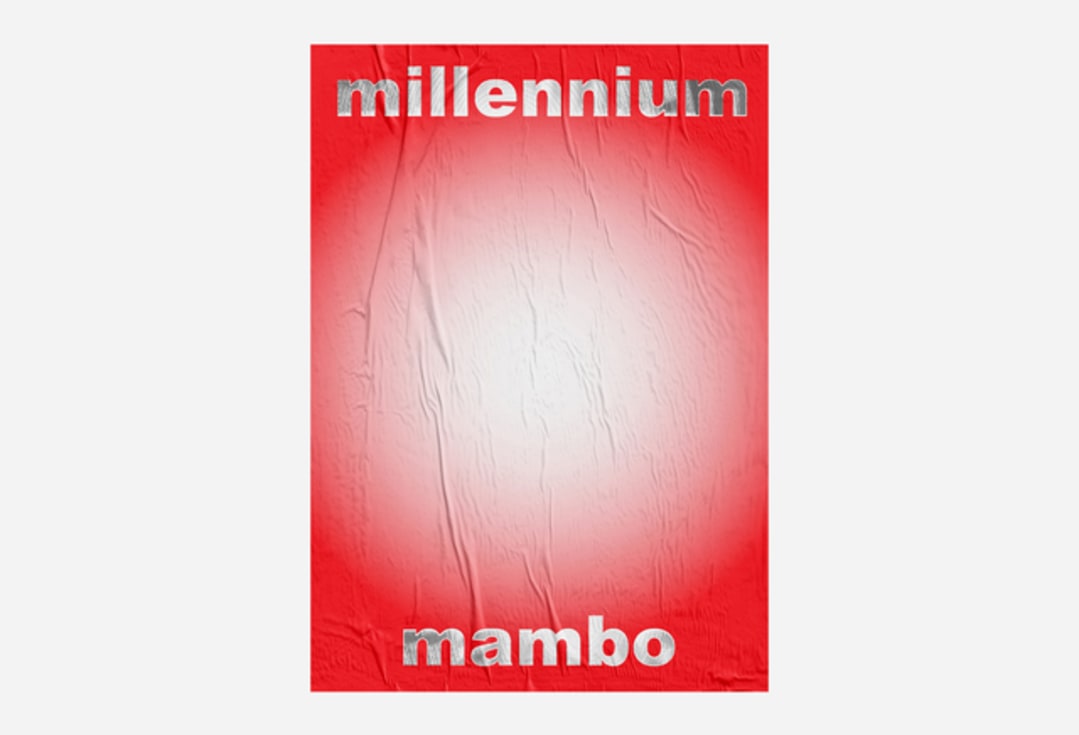
Millennium Mambo (2001)
Picture this: The world stands at the edge of a millennium, the abstract fear of a digital catastrophe dangling over the heads of an unsettled population. The dawn of the 21st century finally arrives, and nothing happens. Sobering up from their mania, people go back to living their everyday routines. That’s where Millennium Mambo begins. Set in the Taiwanese y2k club scene, this film by Hou Hsiao-hsien centers around Vicky, the aged protagonist looking back at her youth from the then-futuristic year 2011 in a nostalgic voiceover.
Vicky’s world is comprised of the home she shares with her possessive DJ boyfriend, the bar where she works, and the clubs that she frequents in order to escape it all. Under the neon lights, she attempts to find meaning while the film’s techno-infused soundtrack imitates the high velocity with which she churns through the motions. Her relationships and partying repeatedly chew her up and spit her out, yet she keeps returning in a state of near automation. Ten years later, she seems a little closer to making sense of her youth.
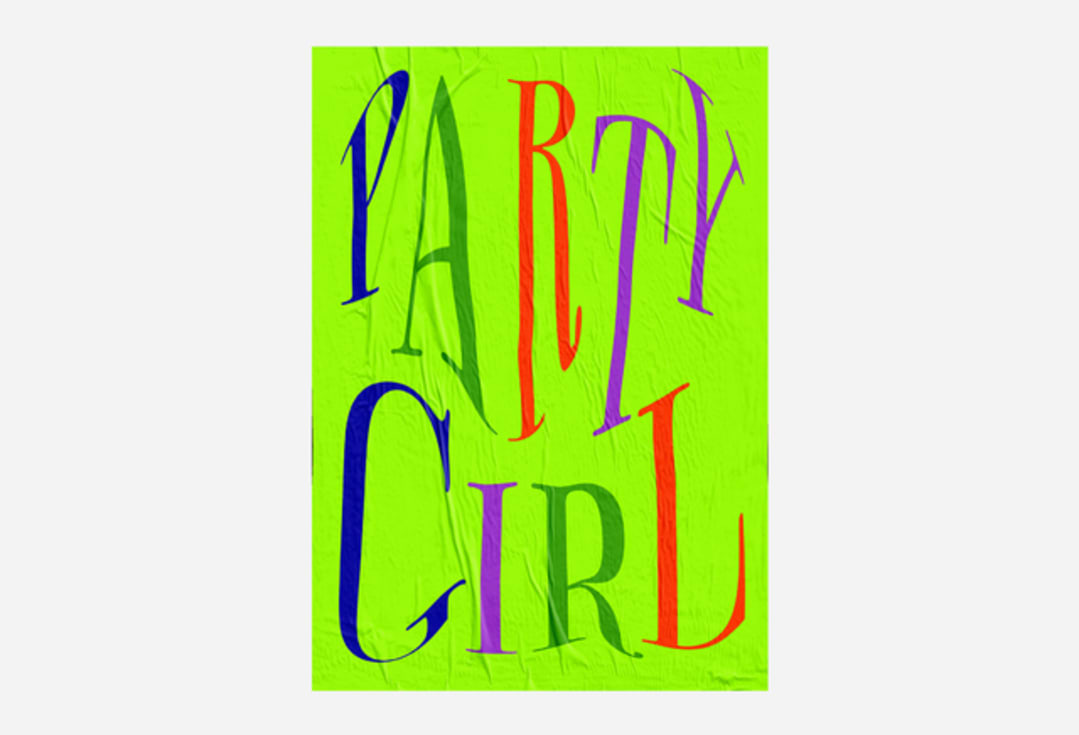
Party Girl (1995)
This cult classic earned its following for being widely regarded as the first feature film to premiere on the internet. In Party Girl, the queen of indie cinema, Parker Posey, plays the wardrobe-envy-inducing Mary, a pleasure-seeking librarian who must pay off debts incurred after an altercation with the police at a rave. This sends her headlong into an identity crisis and forces her to pursue some new, and unexpected, interests.
The film whirls round the dancefloors of numerous clubs and parties in ‘90s New York and features appearances from several local legends, including a cameo from legendary drag queen Lady Bunny. At times it can be a bit frivolous, but the movie definitely embodies that sense of escapism.

Made in Sheffield (2001)
Made in Sheffield is a documentary about the history of the music scene in the South Yorkshire metropolis from 1975 to 1983. The scene was driven by youthful ambition and a belief that, through electronic music, they could “do it easier and they could do it better” than the rock n rollers who came before them. Featuring bands such as The Human League, Cabaret Voltaire, Clock DVA, Pulp, ABC, and Heaven 17, it’s a snapshot of a passionate scene that came to define an era.
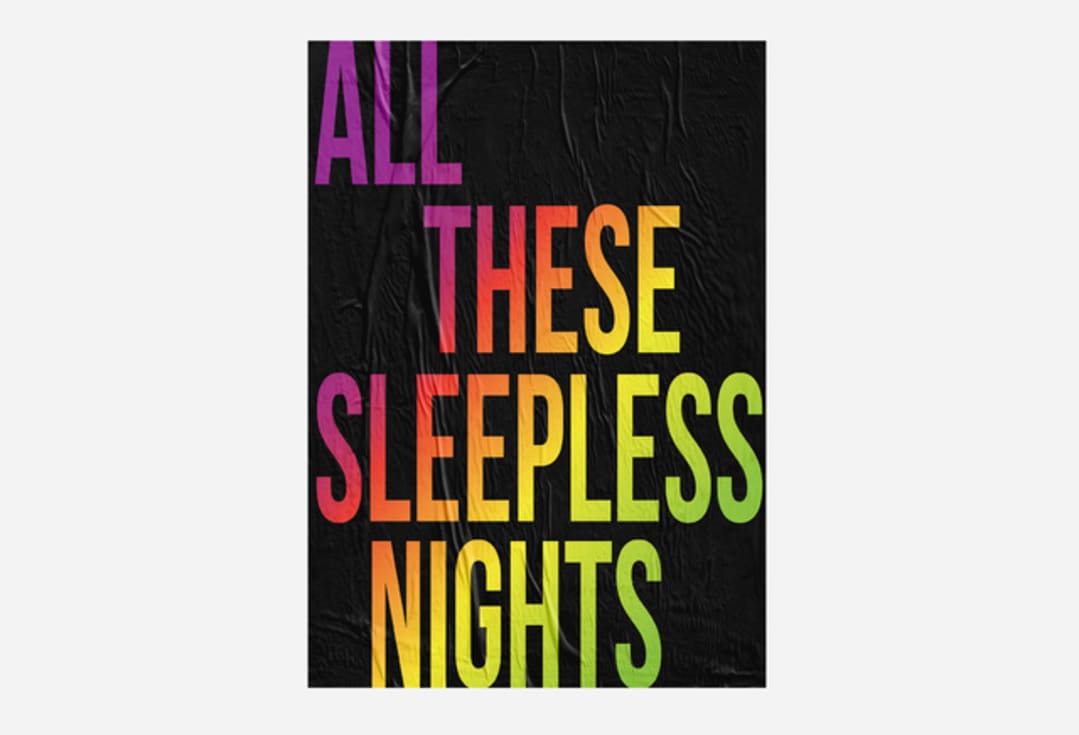
All These Sleepless Nights (2016)
All These Sleepless Nights is another film that captures the spirit of a place and the youth within it. Half documentary, half scripted reality, it follows friends Krzysztof and Michal for over a year and a half as they party hop around Warsaw. The lifestyles the duo lead are a testament to living in the moment and pushing experience to its fullest, no matter how unsustainable it may be. It’s a film about pushing the envelope, and one that captures the bittersweet awareness of making your best memories as the prime of your life unfolds.
Nils Neuhaus is a freelance writer for Telekom Electronic Beats. His work is also featured regularly in Berliner Morgenpost.
Additional graphic design by Sofia Apunnikova
Published April 14, 2020.





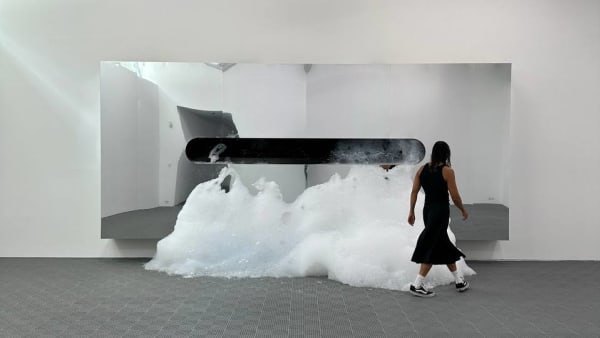
Follow @electronicbeats